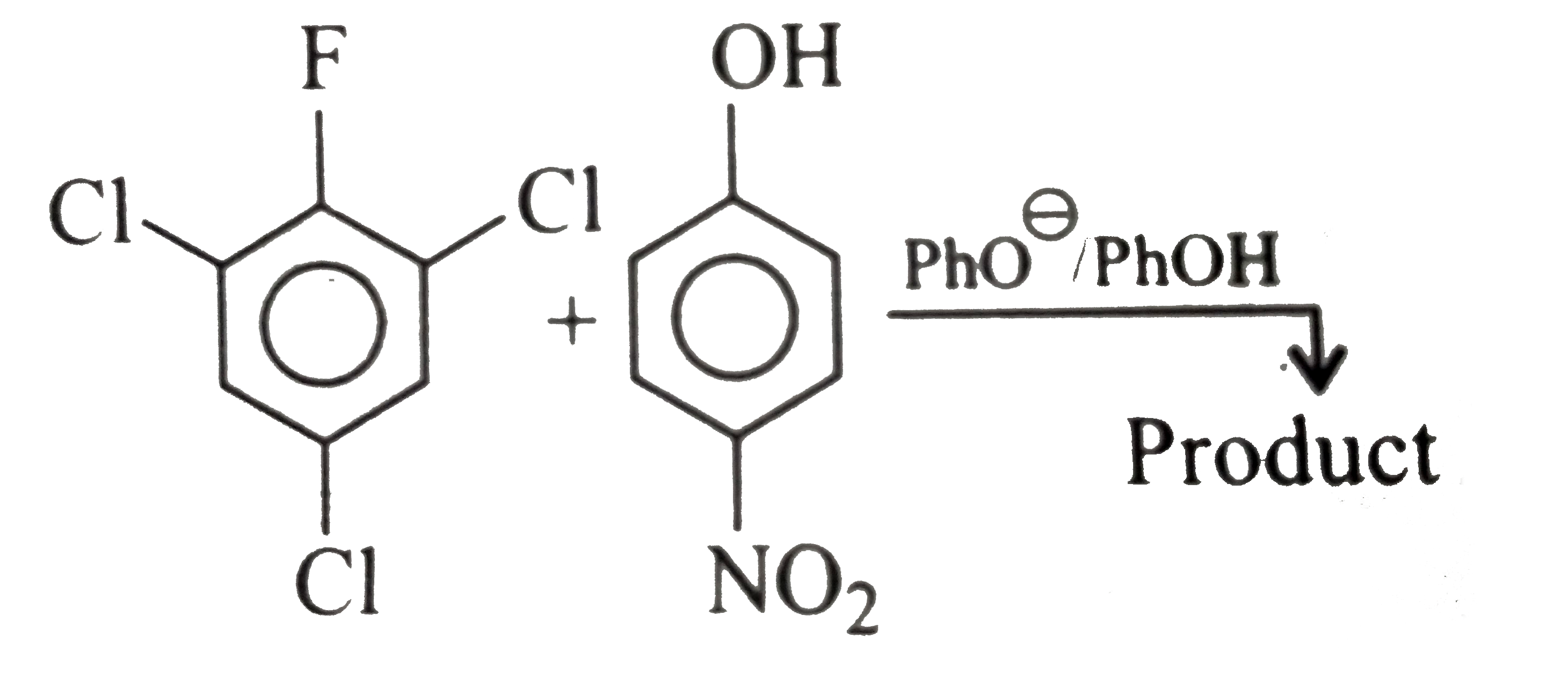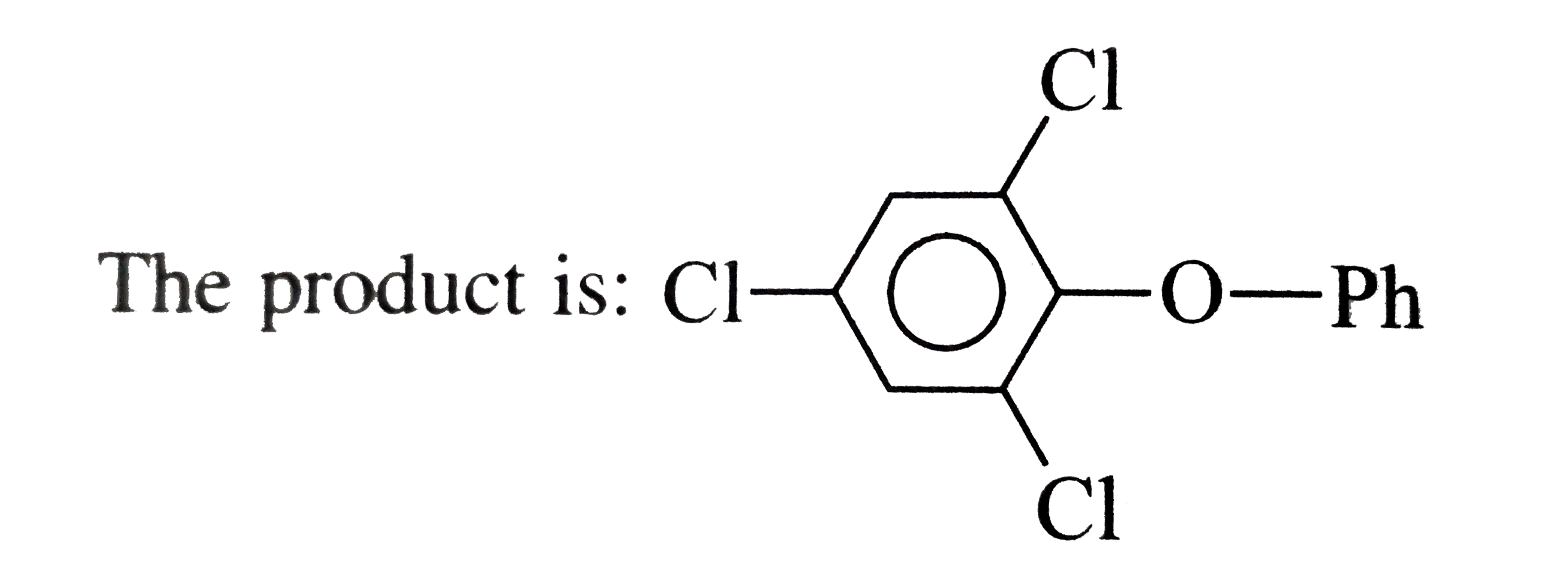Assertion (A): In radioactive disintegrations, .2He4 nuclei can come out of the nucleus but lighter .2H3 cannot.
Reason (R): The binding energy of .2H3 is more than that of .2H4.
Both A and R are true and R is the correct explanation of A
Both A and R are true but R is not a correct explanation of A
A is true but R is false
A is false but R is true
The correct Answer is:B
Step by step video, text & image solution for Assertion (A) : In radioactive disintegrations, ._(2)He^(4) nuclei can come out of the nucleus but lighter ._(2)H^(3) cannot. Reason (R) : The binding energy of ._(2)H^(3) is more than that of ._(2)H^(4). by Chemistry experts to help you in doubts & scoring excellent marks in Class 11 exams.
Updated on:21/07/2023Topper's Solved these Questions
- NUCLEAR AND RADIO CHEMISTRYBOOK - DINESH PUBLICATIONCHAPTER - NUCLEAR AND RADIO CHEMISTRYEXERCISE - Ultimate Preparatory Package
13 Videos
- NUCLEAR AND RADIO CHEMISTRYBOOK - DINESH PUBLICATIONCHAPTER - NUCLEAR AND RADIO CHEMISTRYEXERCISE - Brain Teasers-7
38 Videos
- NUCLEAR AND RADIO CHEMISTRYBOOK - DINESH PUBLICATIONCHAPTER - NUCLEAR AND RADIO CHEMISTRYEXERCISE - Linked Comprehension Type MCQs
9 Videos
- NOMENCLATURE OF ORGANIC COMPOUNDSBOOK - DINESH PUBLICATIONCHAPTER - NOMENCLATURE OF ORGANIC COMPOUNDSEXERCISE - MCQs
13 Videos
- ORGANIC CHEMISTRY - SOME BASIC PRINCIPLES & TECHNIOUESBOOK - DINESH PUBLICATIONCHAPTER - ORGANIC CHEMISTRY - SOME BASIC PRINCIPLES & TECHNIOUESEXERCISE - PURIFICATION & CHARACTERISATION OF ORGANIC COMPOUNDS
38 Videos
Similar Questions
Knowledge Check
Assertion (A): In radioactive disintegrations, .2H4 nuclei can come out of the nucleus but lighter .2H3 cannot.
Reason (R): The binding energy of .2H3 is more than that of .2H4.AIf both (A) and (R) are correct , and (R) is the correct explanation of (A)BIf both (A) and (R) are correct, but (R) is not the correct explanation of (A)CIf (A) is correct, but (R) is incorrect.DIf (A) is incorrect, but (R) is correct.Assertion (A): In radioactive disintegrations, .2He4 nuclei can come out of the nucleus but lighter .2H3 cannot.
Reason (R): The binding energy of .2H3 is more than that of .2H4.ASTATEMENT-1 is True, STATEMENT-2 is True, STATEMENT-2 is correct explanation for STATEMENT-1BSTATEMENT-1 is True, STATEMENT-2 is True, STATEMENT-2 is NOT a correct explanation for STATEMENT-1CSTATEMENT-1 is True, STATEMENT-2 is FalseDSTATEMENT-1 is False, STATEMENT-2 is TrueWhy is a .42He nucleus more stable than a .43Li nucles ?
AThe strong nuclear force is larger when the neutron to proton ratio is higher1BThe laws of nuclear physics forbid a nucleus from containing more protons than neutrons.CForce other than the strong nuclear force make the lithium nucleus less stable.DNone of the above.
When two dentrons (.1H2) fuse to from a helium nucleus .2He4,23.6MeV energy is released. Find the binding energy of helium if it is 1.1 MeV for each nucleon of deutrim.
View SolutionAssertion: Out of 1He3 and 7He3, the binding energy of 1He3 is greater than 2He8.
Reason: Inside the nucleus of1H3, there is more repulsion than inside the nucleus of 2He4.
View SolutionAssertion : Bond angle in H2O is less than that in H2S.
Reason : Electronegativity of O is more than that of S.
View SolutionAssertion (A):

The product is:
Reason (R ): p−NO2−C6H4O− is a stronger nucleophile than PhO−.
View SolutionAssertion: Ca++ cannot replace H+ adsorbed on clay or humus particles.
Reasoning: The retentive capacity of Ca+2 is more than that of H+.
View Solution
